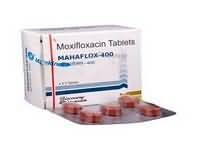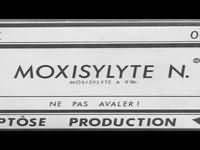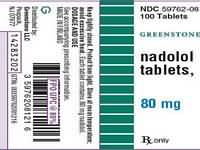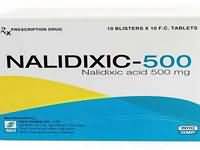promazine hydrochloride
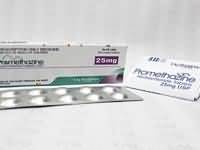
CLINICAL USE
Antipsychotic for agitation and restlessness
DOSE IN NORMAL RENAL FUNCTION
Psychomotor agitation: 100–200 mg 4 times a dayAgitation and restlessness in elderly: 25–50 mg 4 times a day
PHARMACOKINETICS
As for chlorpromazine
Molecular weight :320.9 %Protein binding :95–98 %Excreted unchanged in urine : <1 Volume of distribution (L/kg) :7–20half-life – normal/ESRD (hrs) :23–37/Unchanged DOSE IN RENAL IMPAIRMENT
GFR (mL/MIN)
20 to 50 : Dose as in normal renal function 10 to 20 : Dose as in normal renal function <10 : Start with low doses and titrate slowly DOSE IN PATIENTS UNDERGOING RENAL REPLACEMENT THERAPIES
CAPD :Unlikely to be dialysed. Dose as in GFR <10 mL/min HD :Unlikely to be dialysed. Dose as in GFR <10 mL/min HDF/high flux :Unknown dialysability. Dose as in GFR <10 mL/minCAV/VVHD :Unknown dialysability. Dose as in normal renal function IMPORTANT DRUG INTERACTIONS
Potentially hazardous interactions with other drugs Anaesthetics: enhanced hypotensive effect Analgesics: increased risk of convulsions with tramadol; enhanced hypotensive and sedative effects with opioidsAnti-arrhythmics: increased risk of ventricular arrhythmias with anti-arrhythmics that prolong the QT interval – avoid concomitant use with amiodaroneAntibacterials: increased risk of ventricular arrhythmias with moxifloxacin – avoid concomitant useAntidepressants: increased level of tricyclics (possibly increased risk of ventricular arrhythmias and antimuscarinic side effects)Anticonvulsant: antagonises anticonvulsant effectAntimalarials: avoid concomitant use with artemether/lumefantrineAntipsychotics: increased risk of ventricular arrhythmias with pimozide – avoid concomitant useAntivirals: concentration possibly increased with ritonavirAnxiolytics and hypnotics: increased sedative effectsAtomoxetine: increased risk of ventricular arrhythmiasBeta-blockers: enhanced hypotensive effect; increased risk of ventricular arrhythmias with sotalol Diuretics: enhanced hypotensive effect Lithium: increased risk of extrapyramidal side effects and possibly neurotoxicity Pentamidine: increased risk of ventricular arrhythmiasSibutramine: increased risk of CNS toxicity – avoid concomitant use with drugs that prolong the QT interval ADMINISTRATION
Reconstition
– Route
Oral Rate of Administration
–Comments
– OTHER INFORMATION
See how to identify renal failure stages according to GFR calculation
See how to diagnose irreversible renal disease
Home

